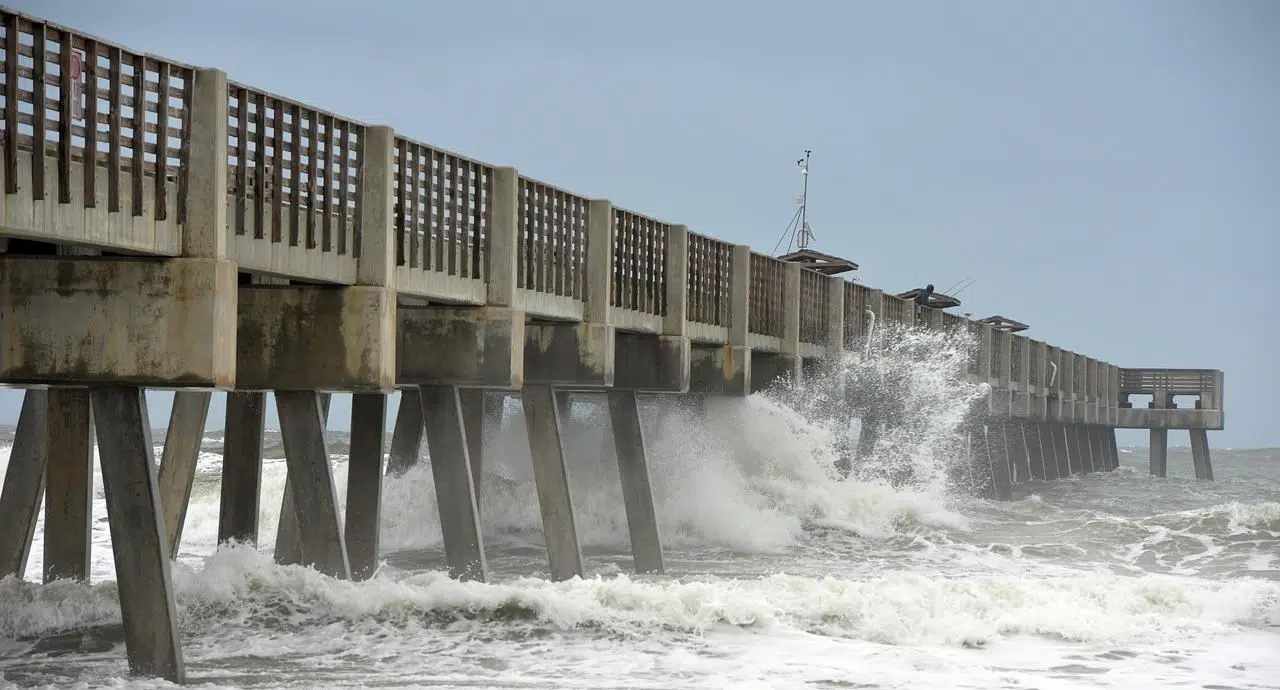
Hurricane Matthew expected to spare Maritimes and veer into Atlantic Ocean
HALIFAX — Despite its brawn and fury, hurricane Matthew no longer poses much of a threat to Canada’s East Coast, the Canadian Hurricane Centre said Wednesday after it dropped a tropical cyclone statement from its website.
Meteorologist Bob Robichaud said the powerful, slow-moving storm is now expected to veer into the Atlantic Ocean after scraping along the coast of Florida, and it may double back for another run at the state later this week.
“That’s bad news for the U.S.,” he said in an interview.
Earlier track models had suggested the storm — listed as a Category 3 hurricane on Wednesday — could slam into the Maritimes late on the holiday weekend, prompting many marinas and ports in the region to begin securing boats and cargo.


